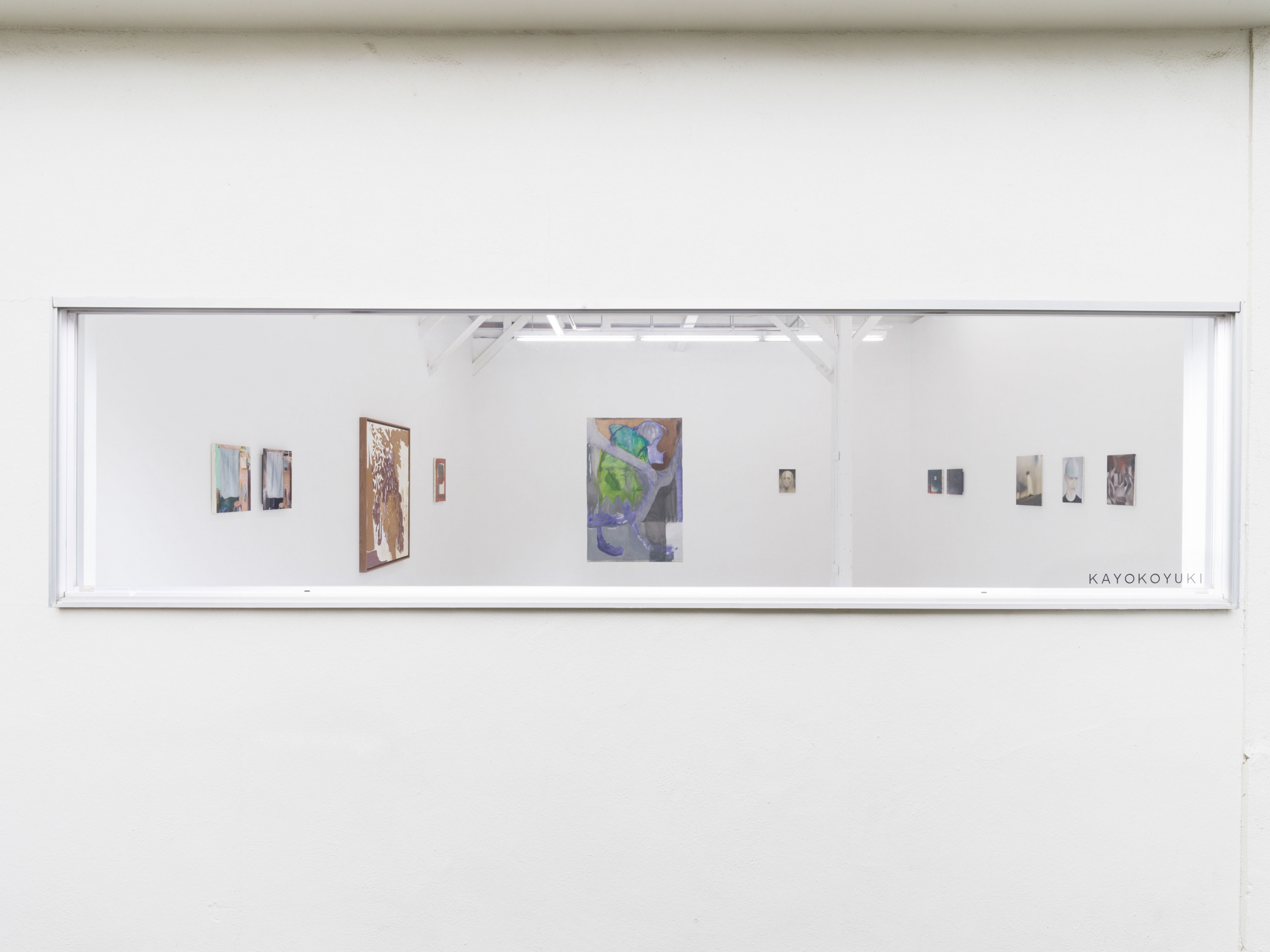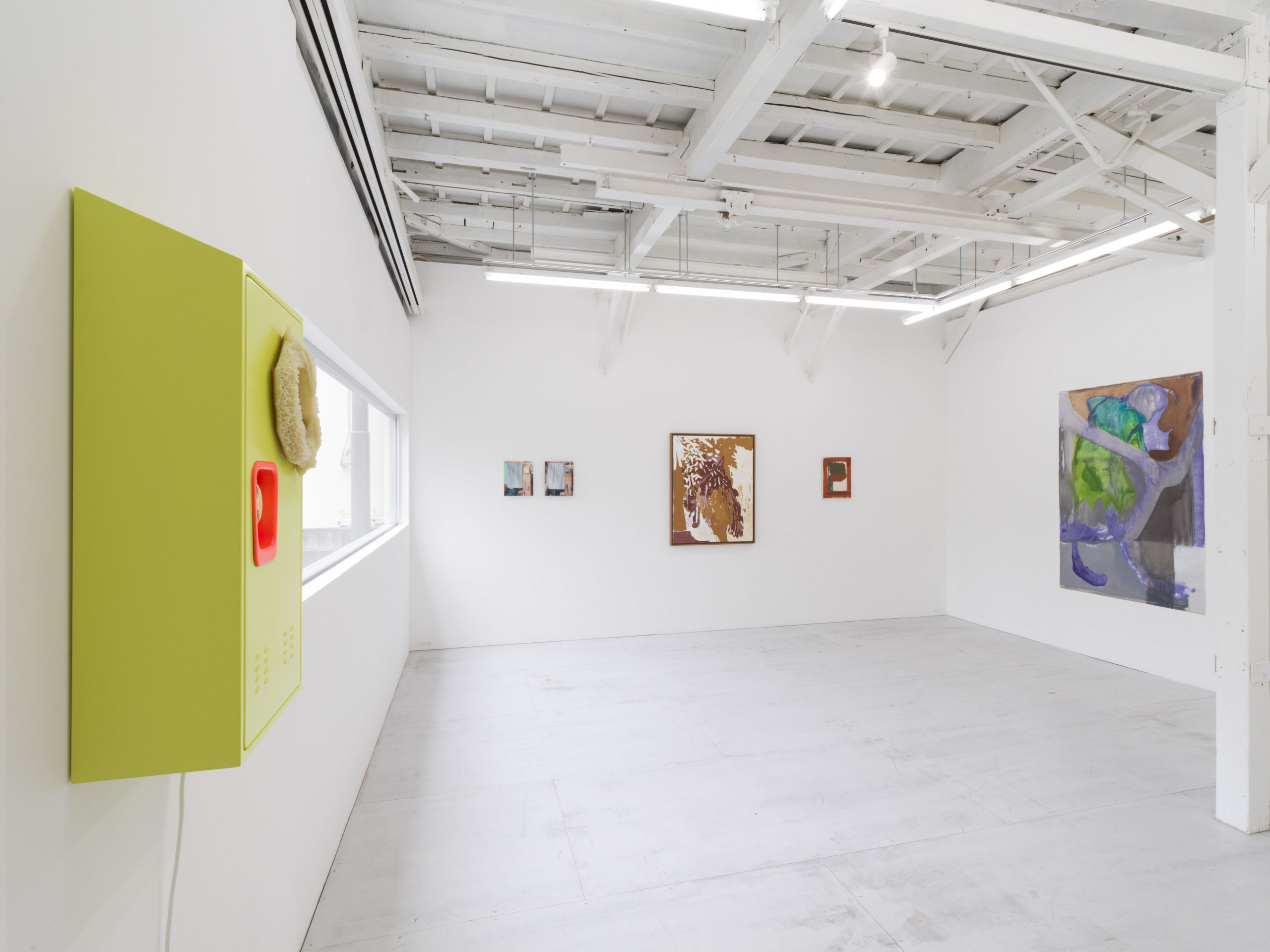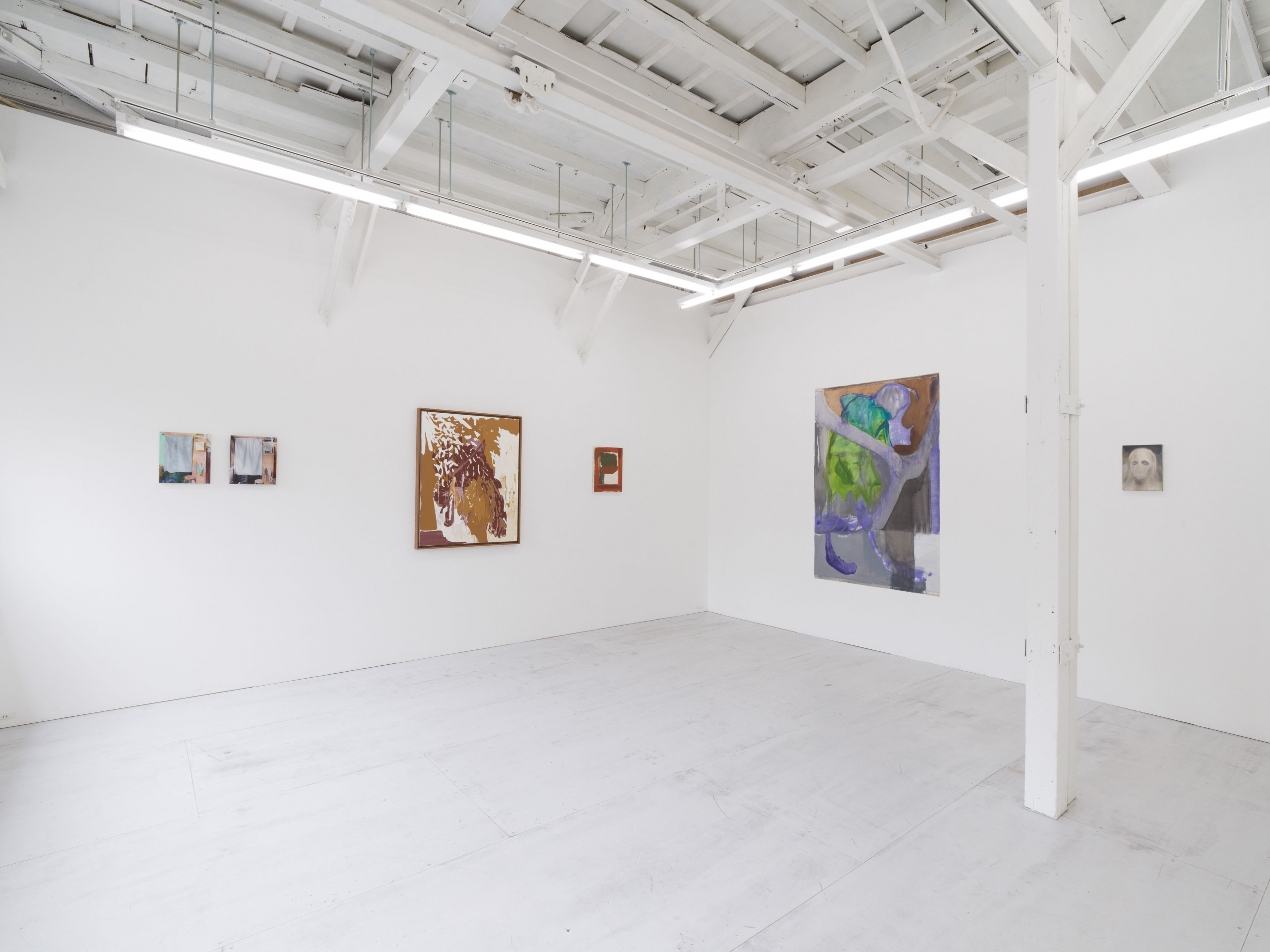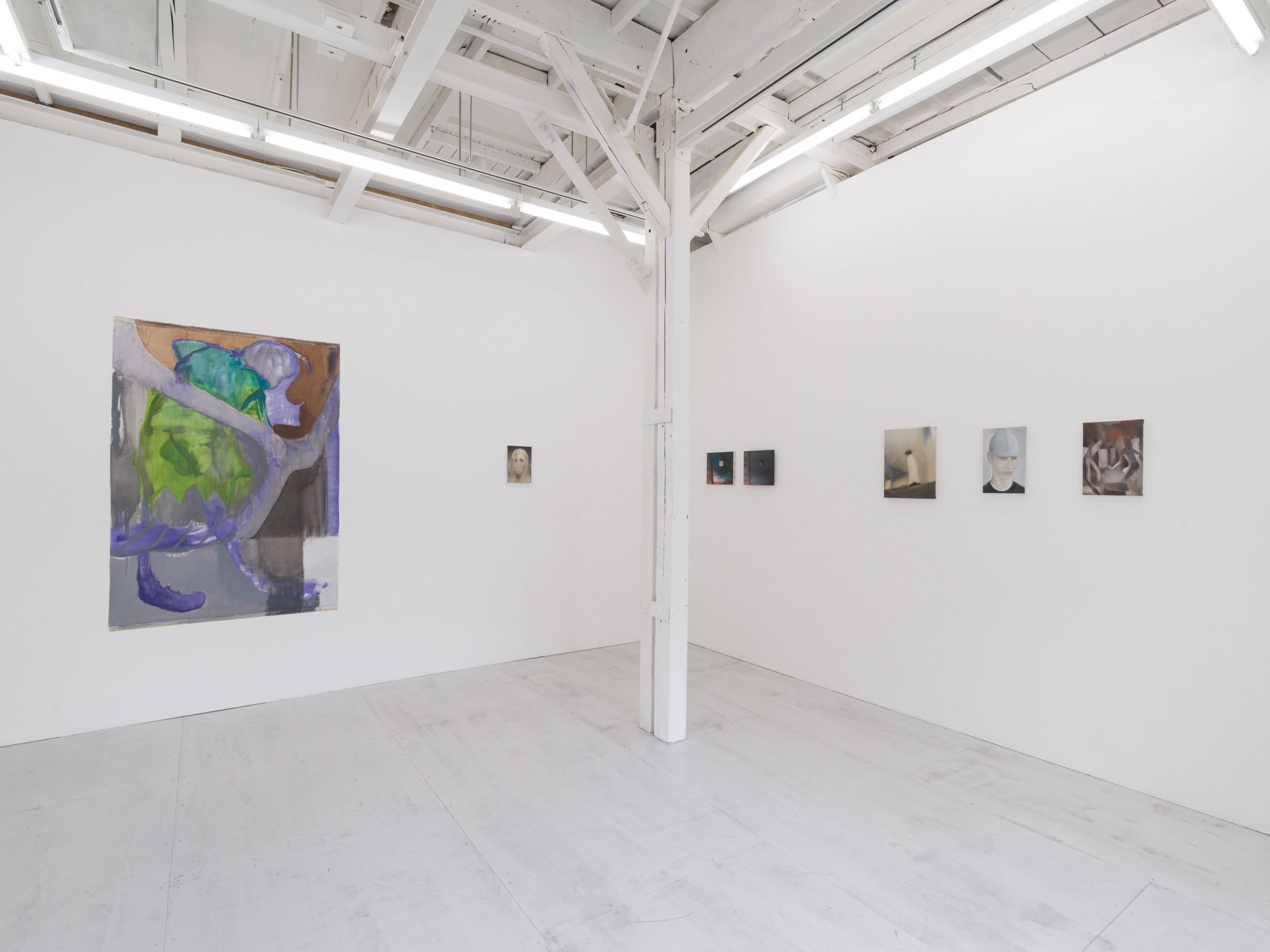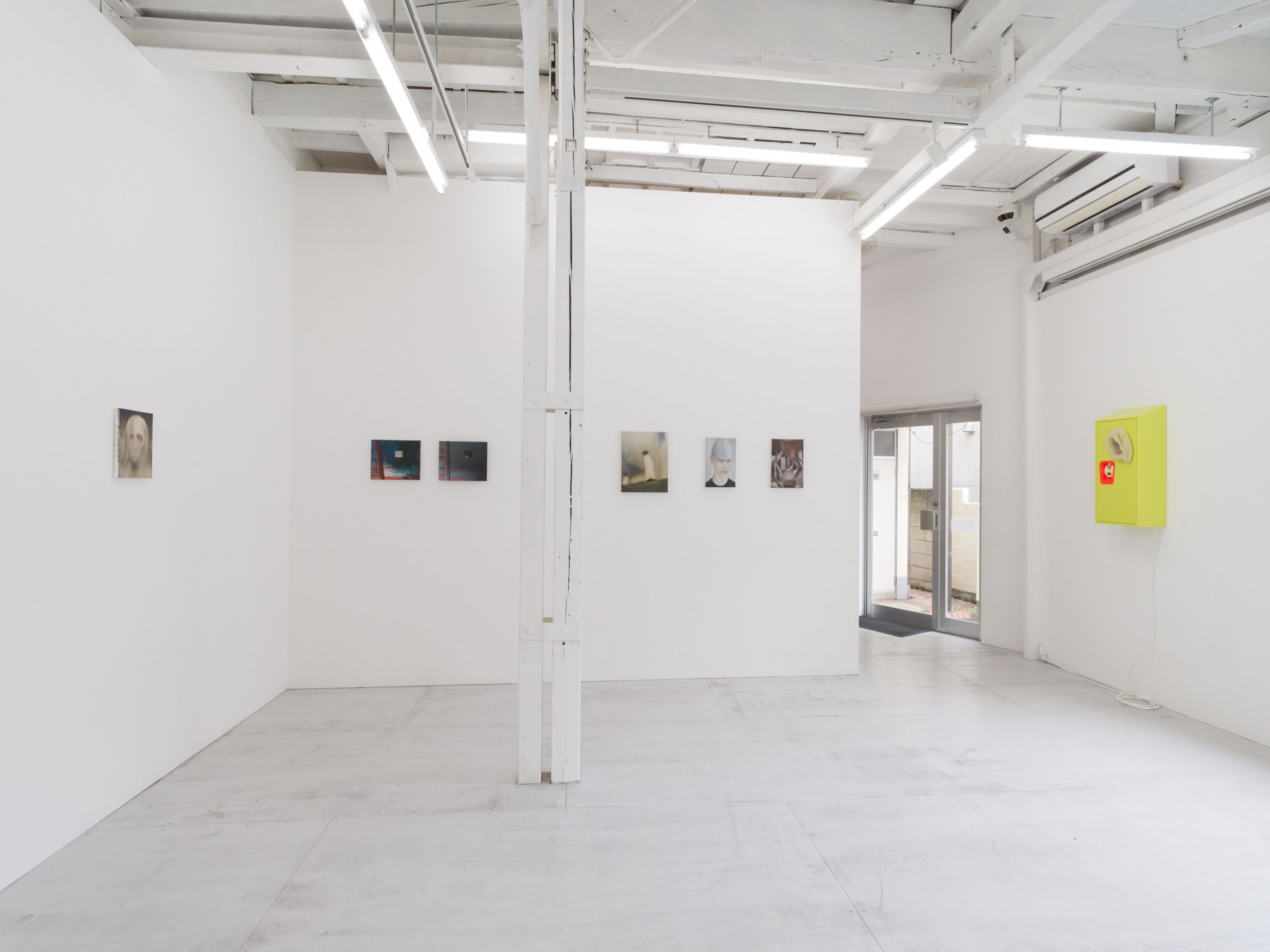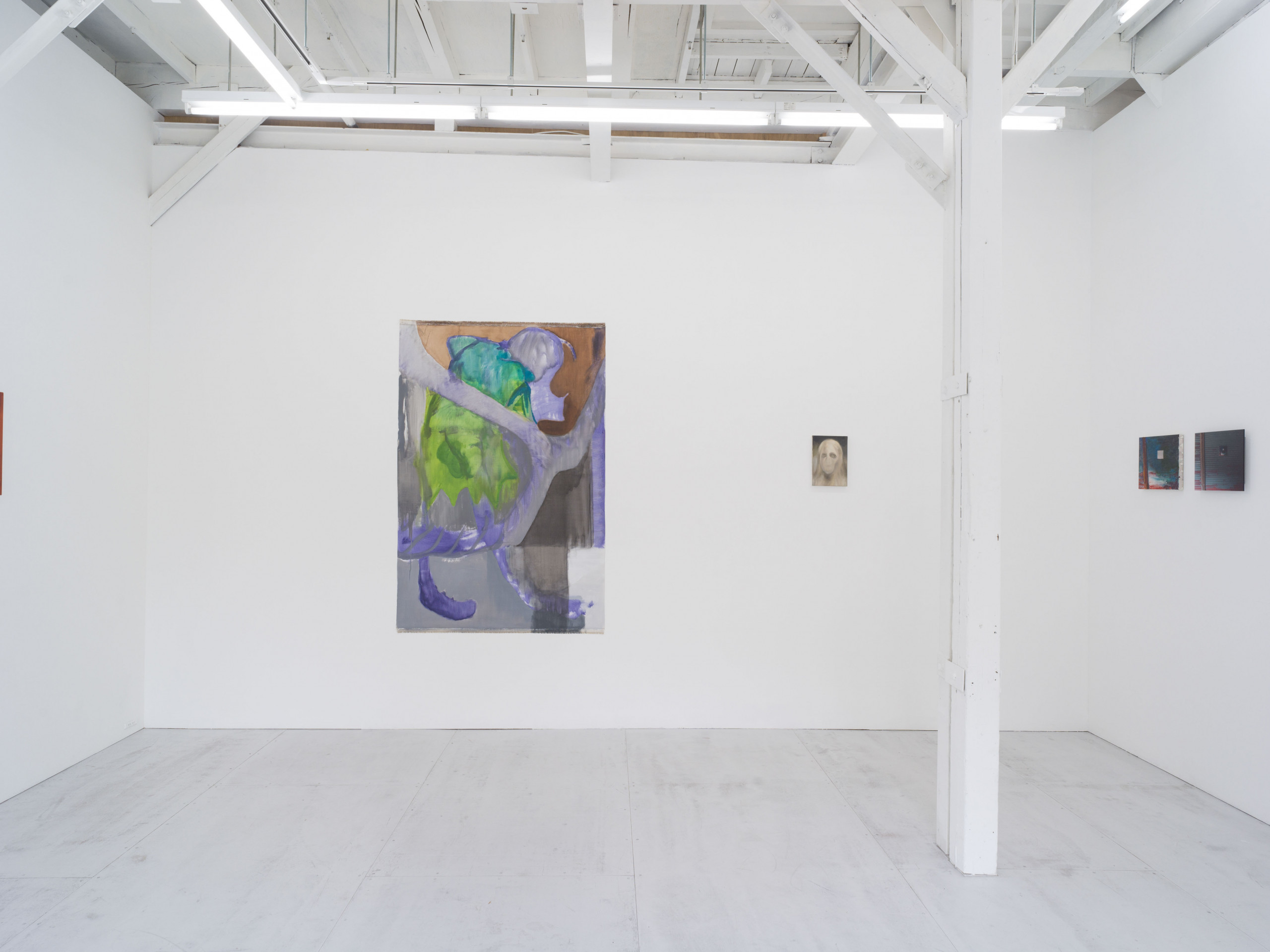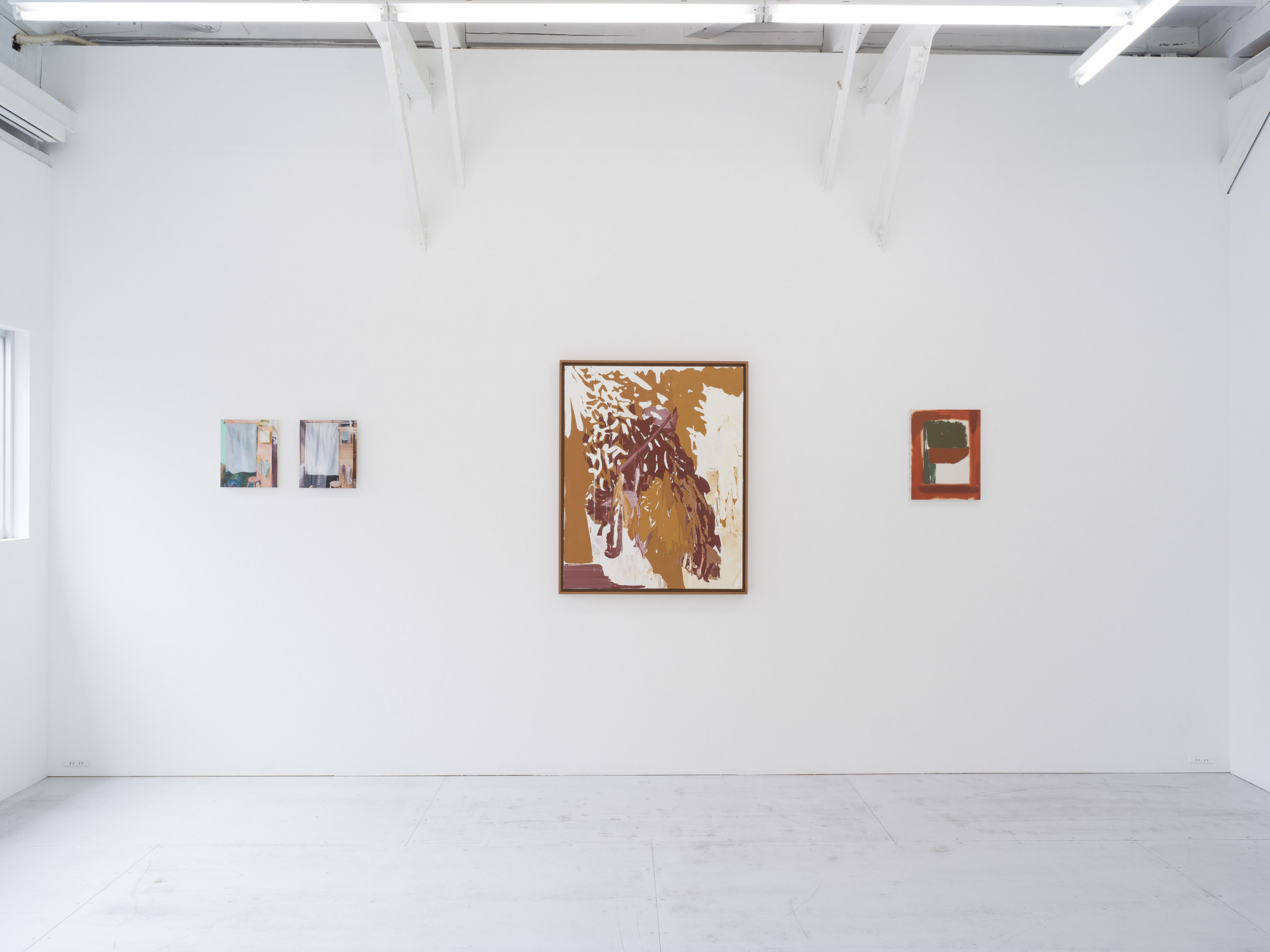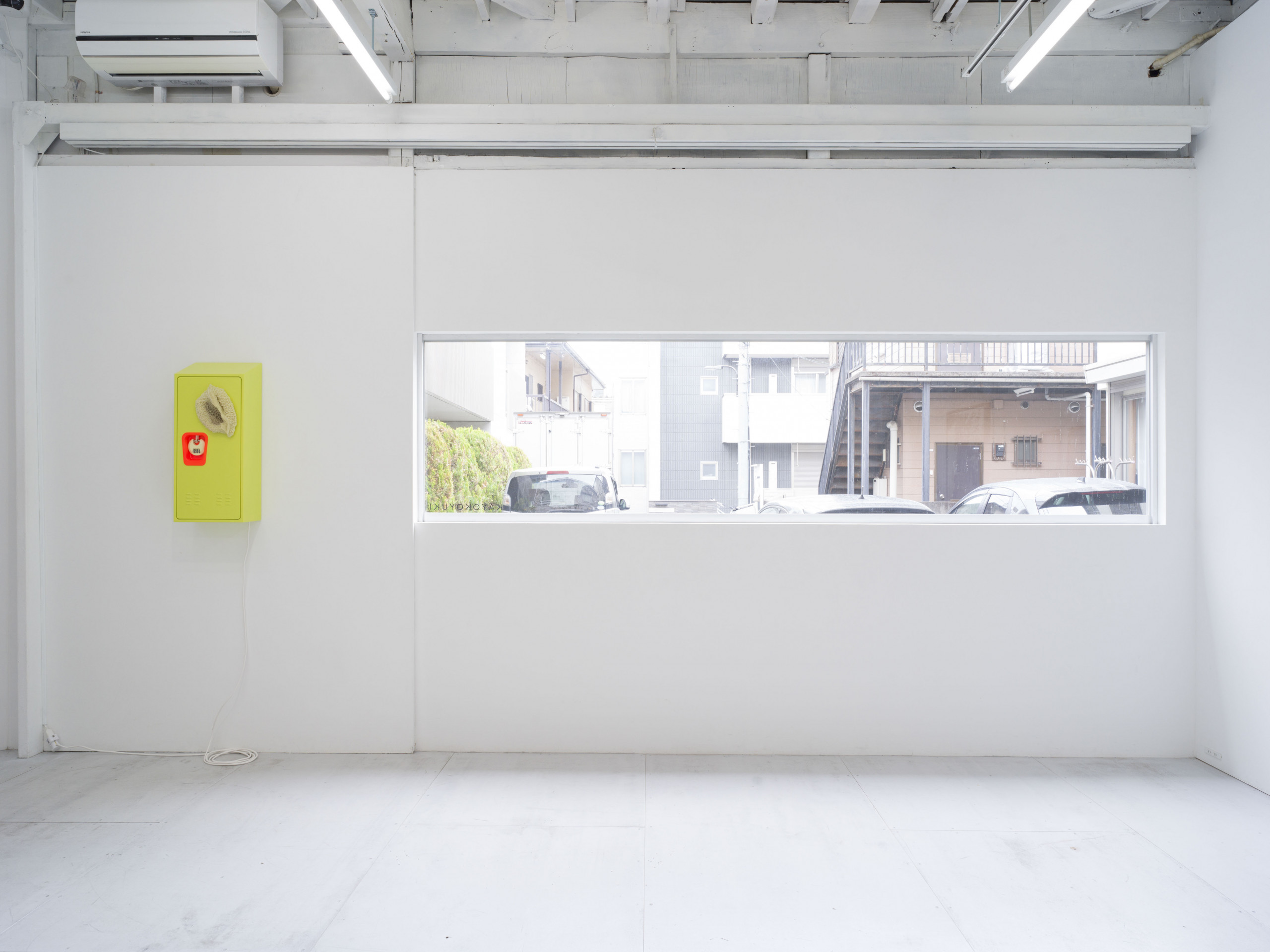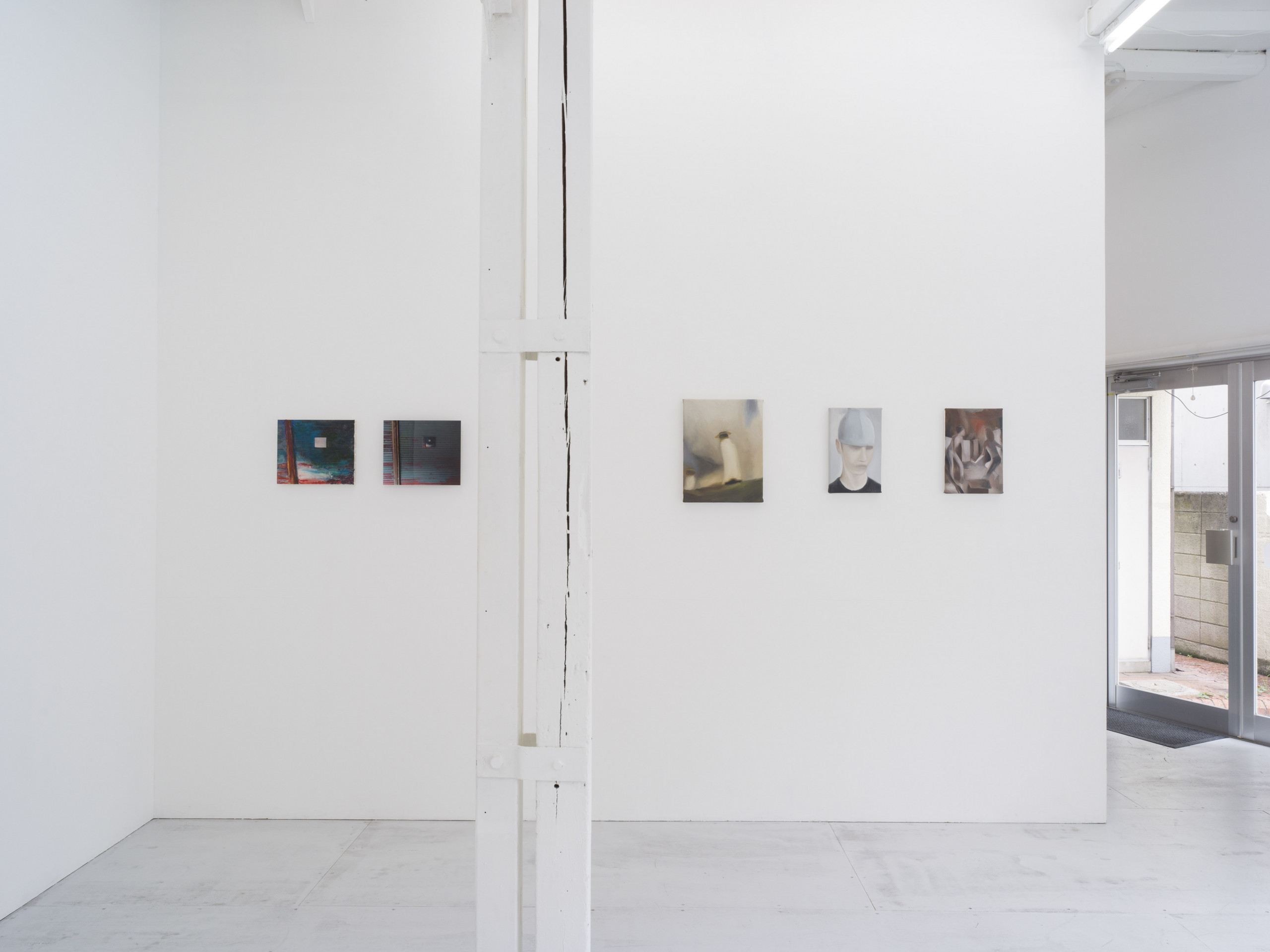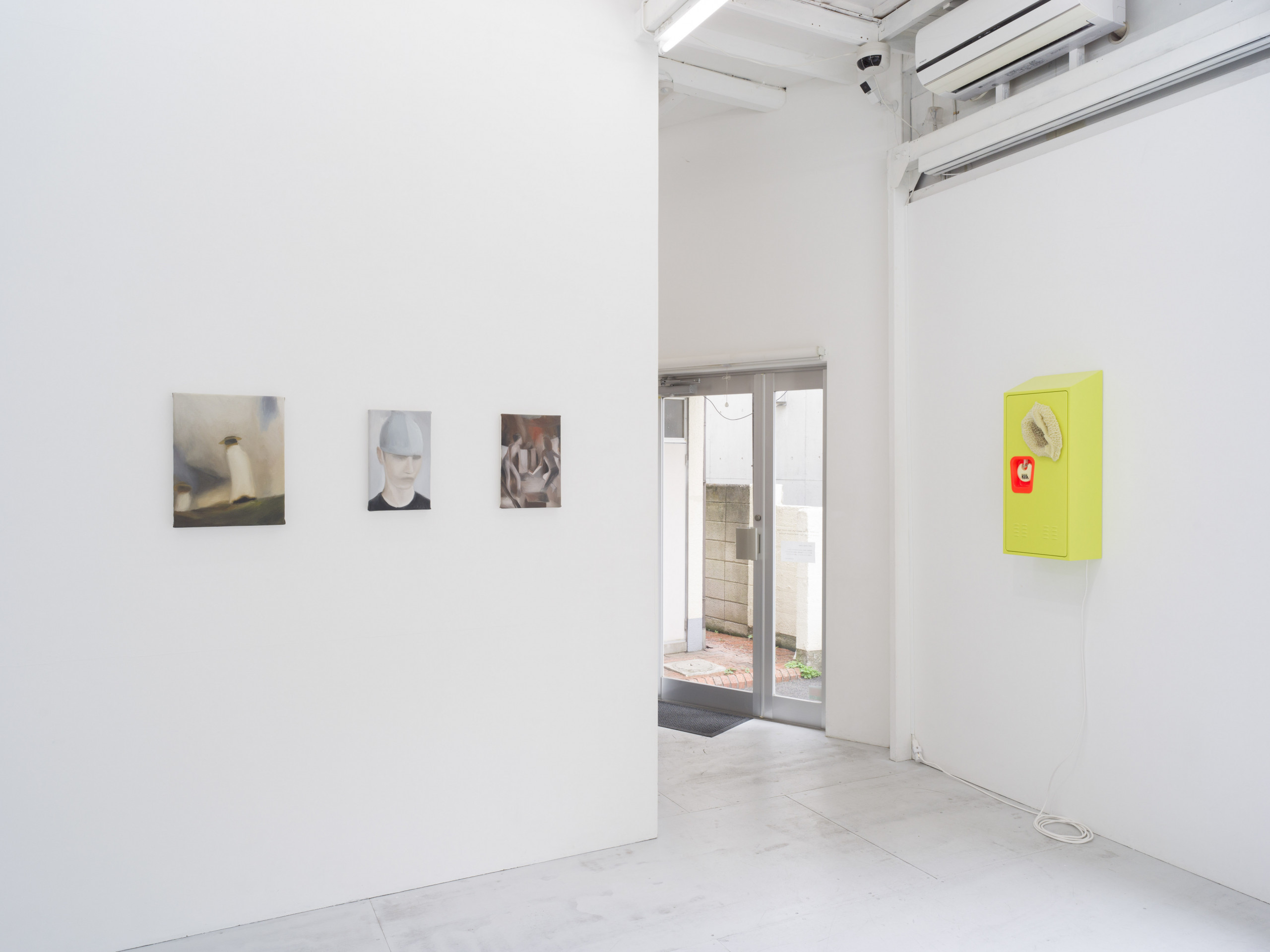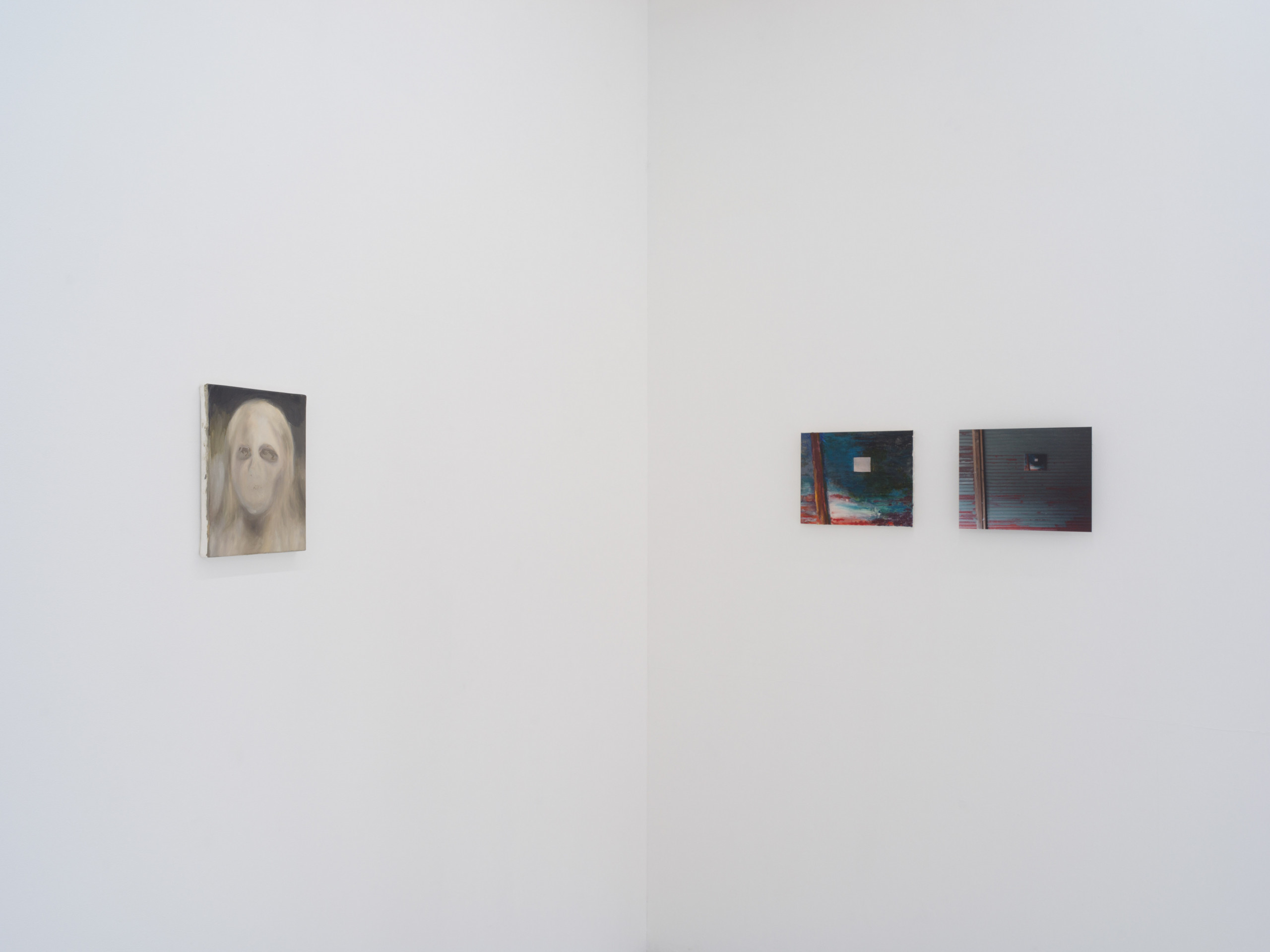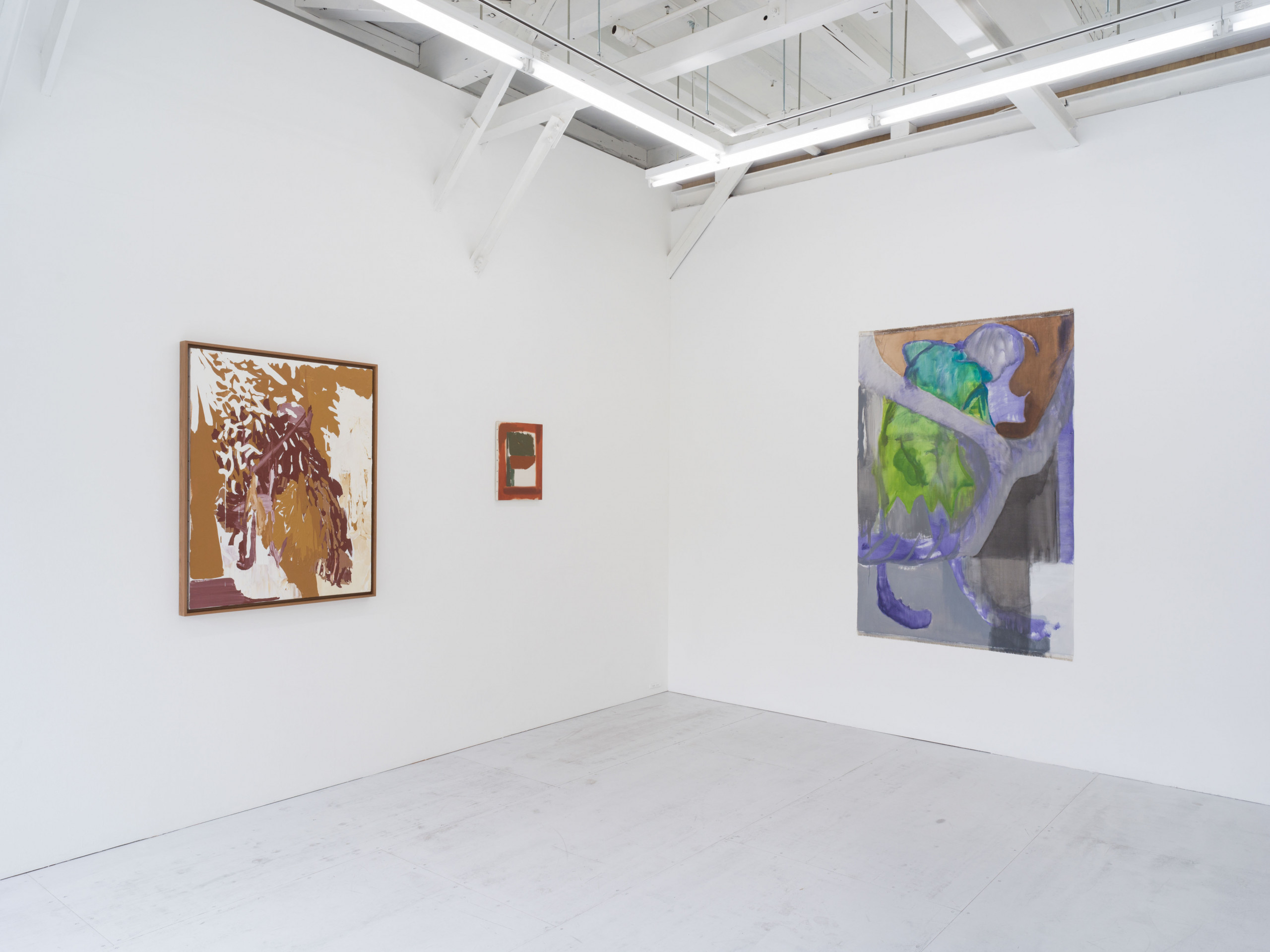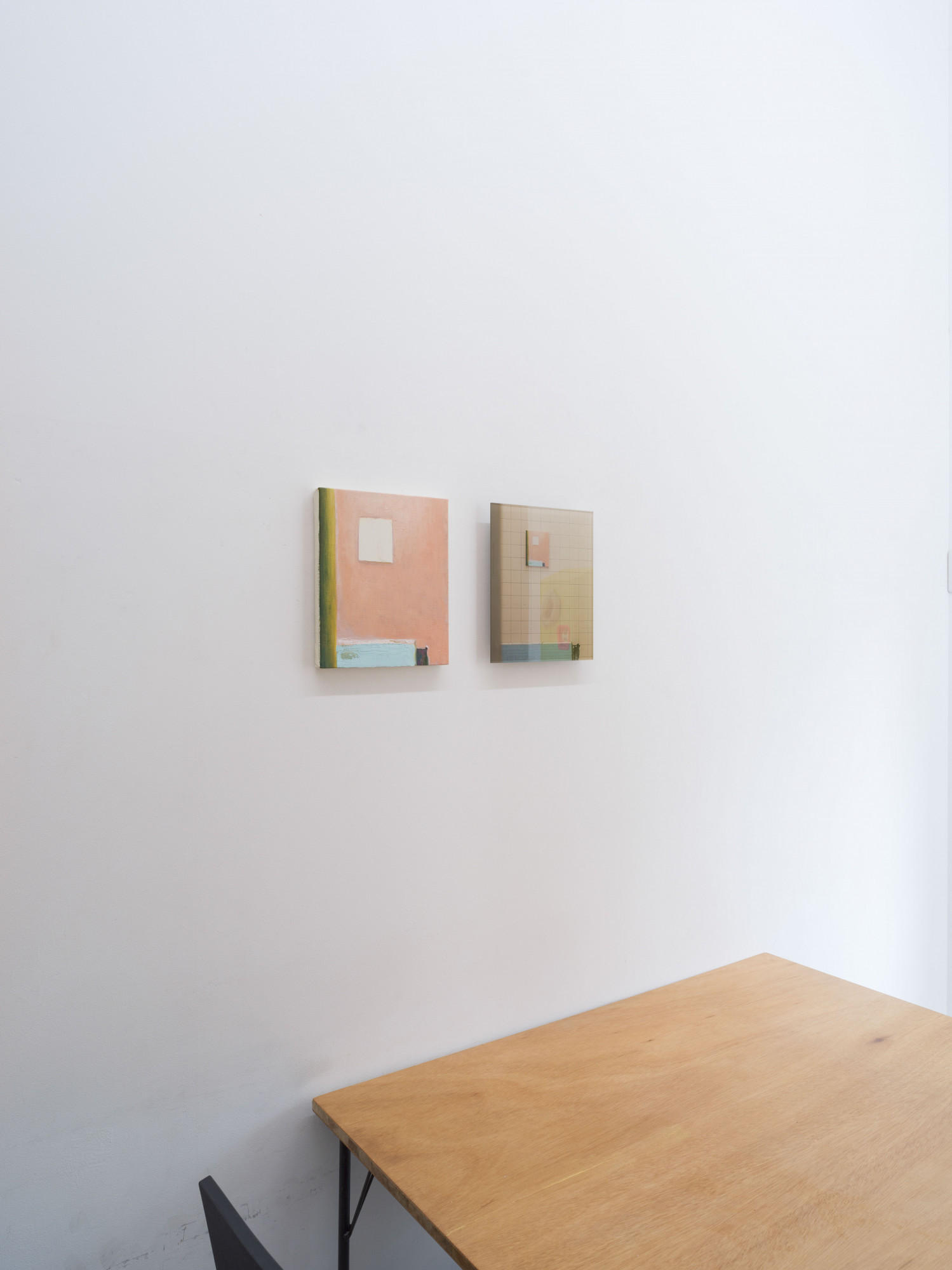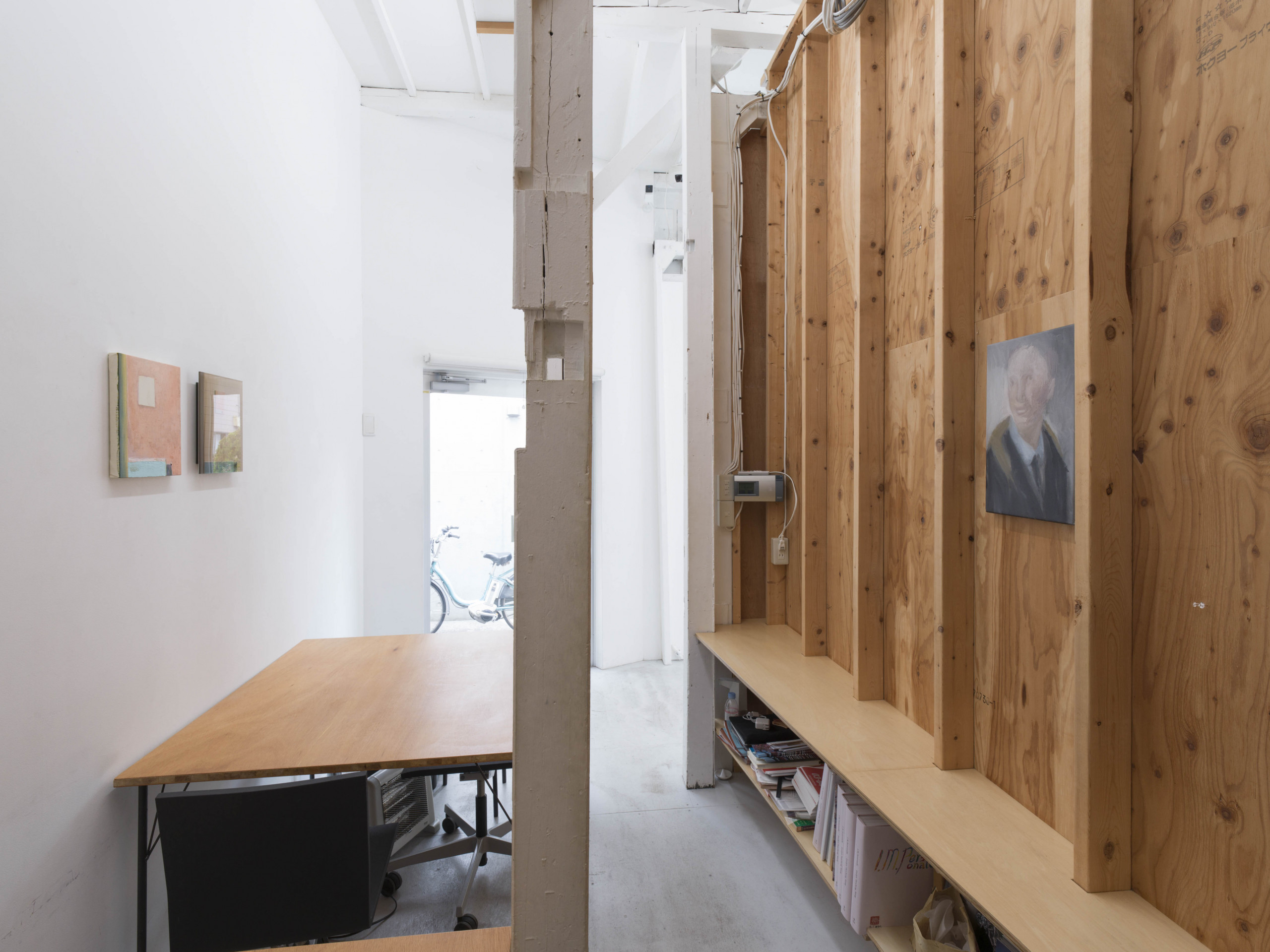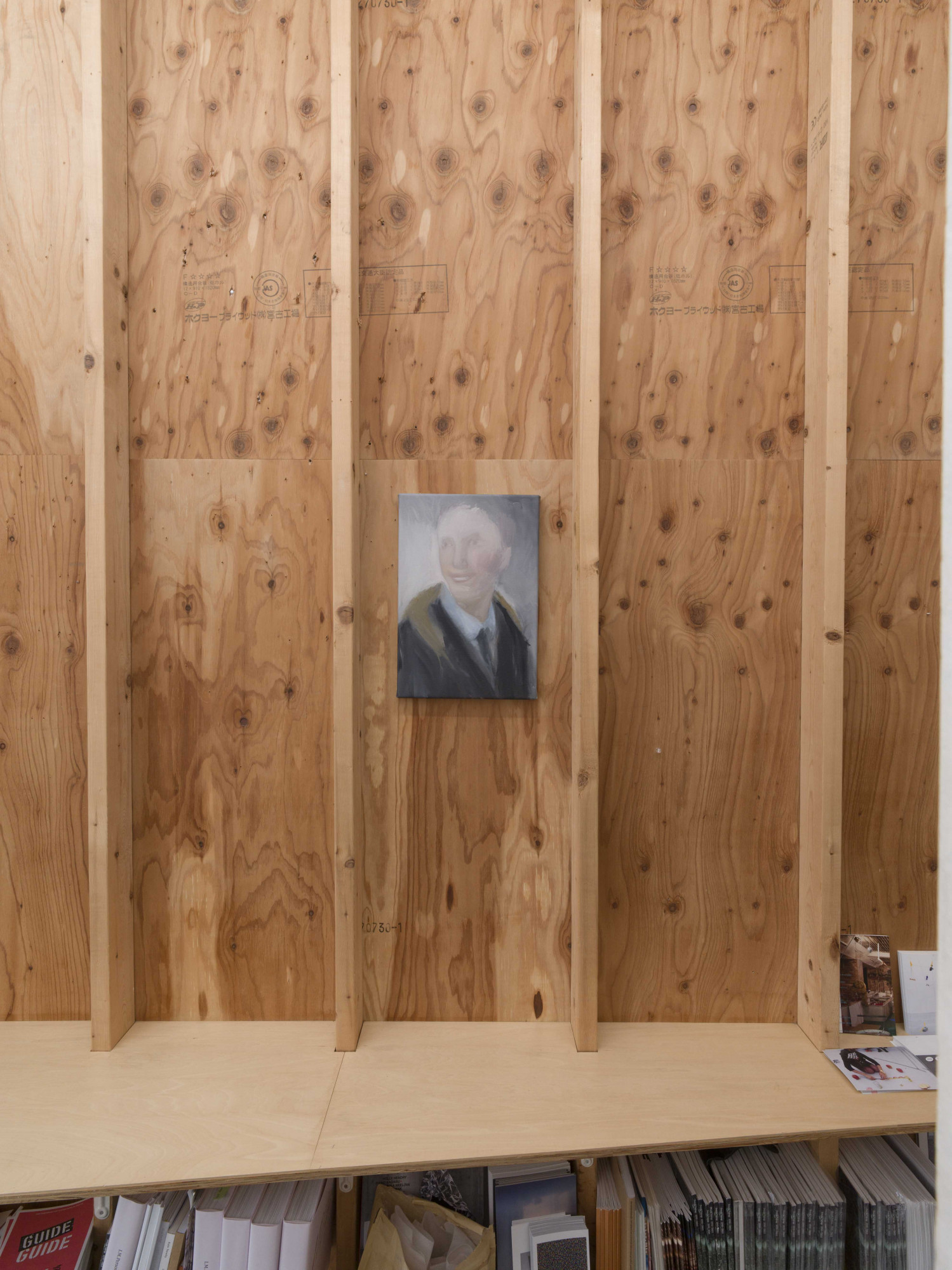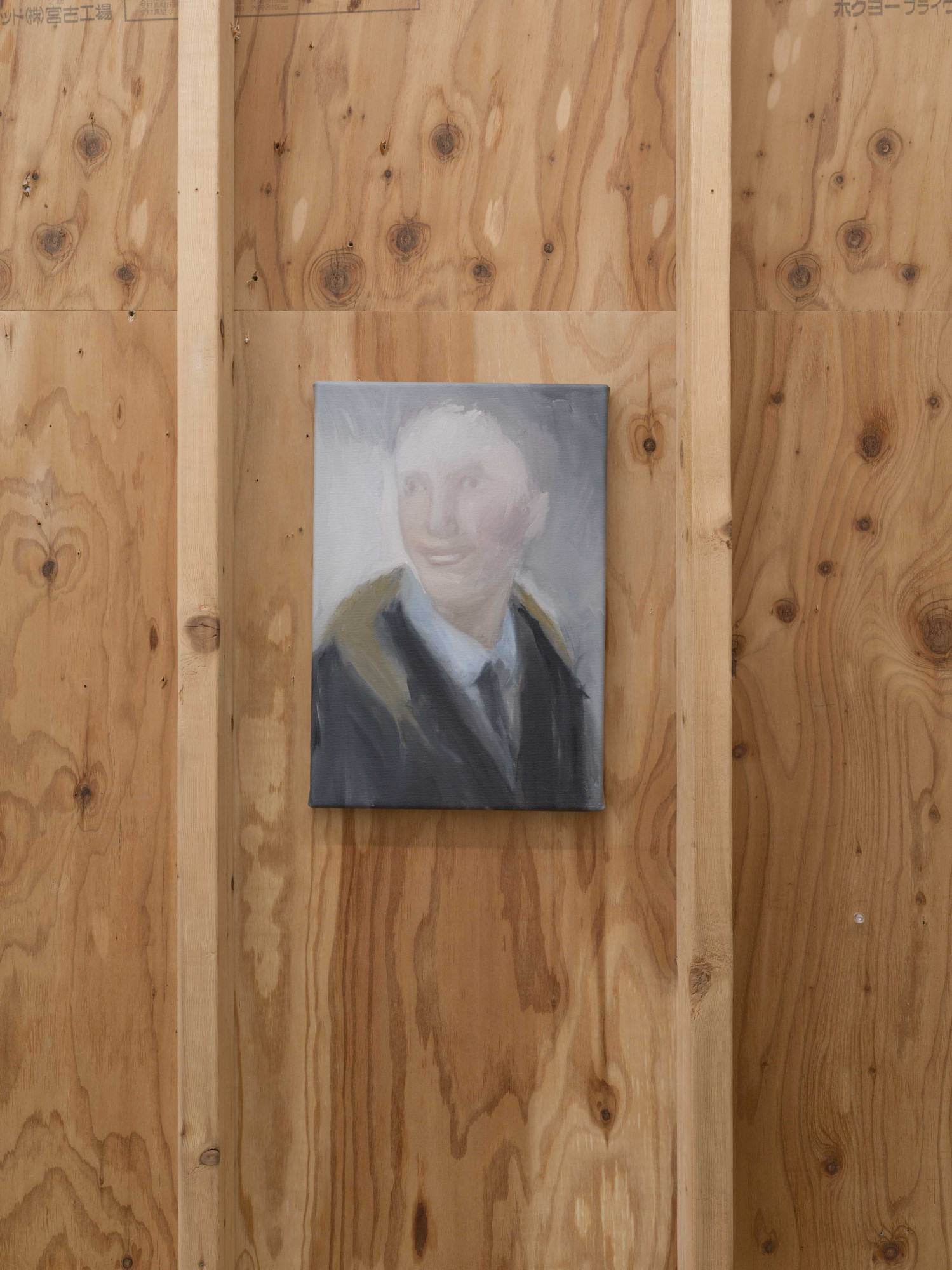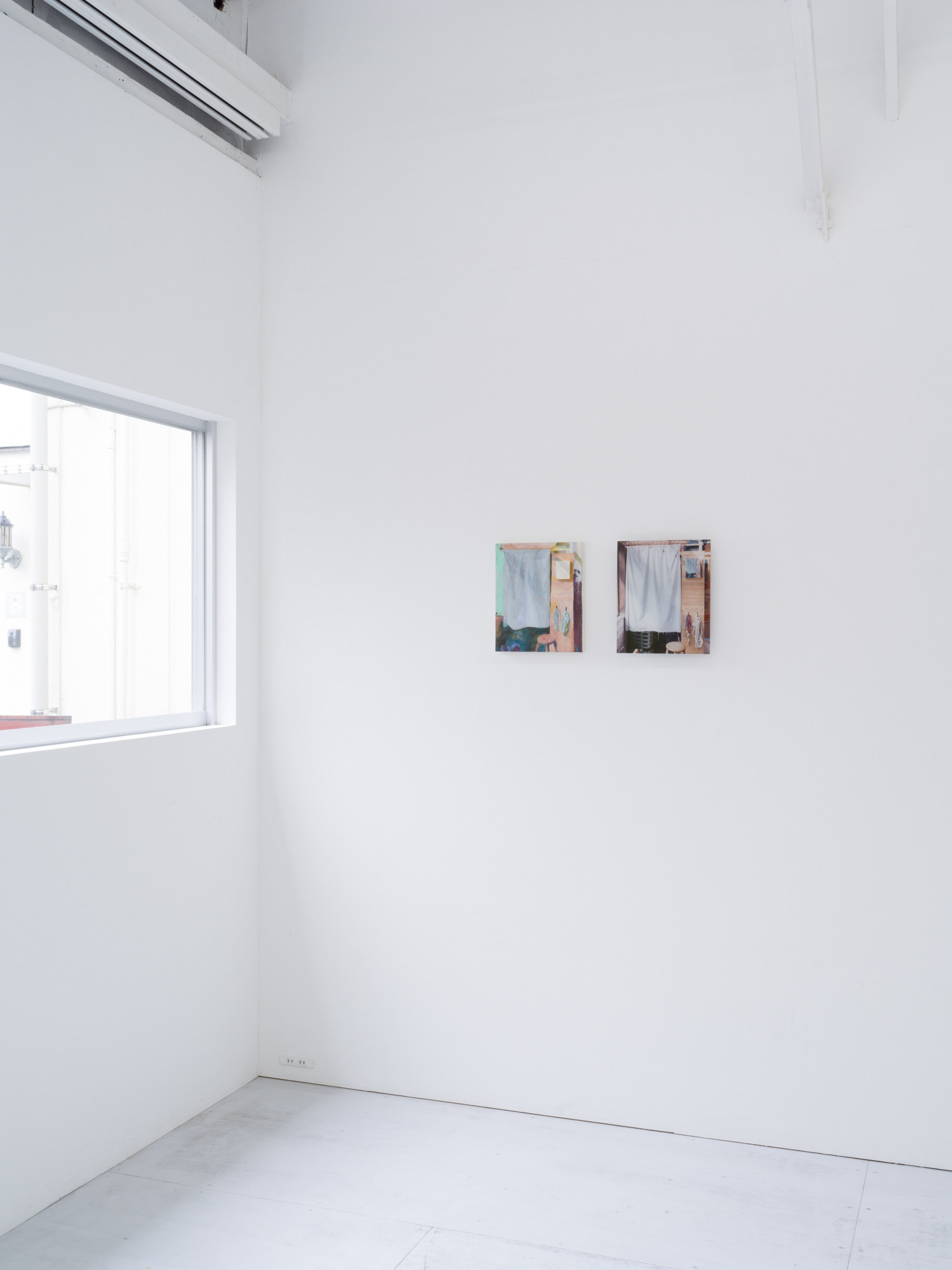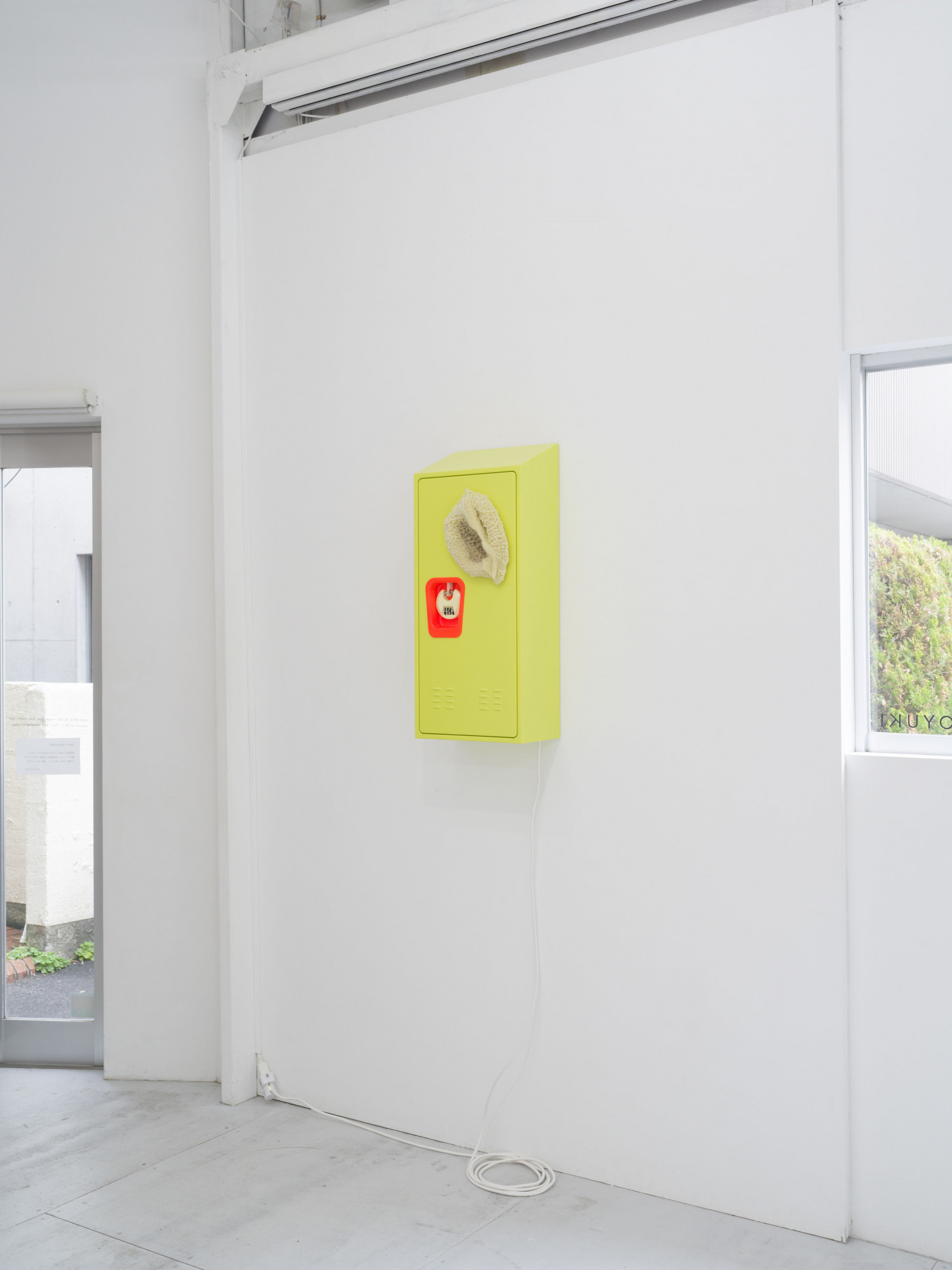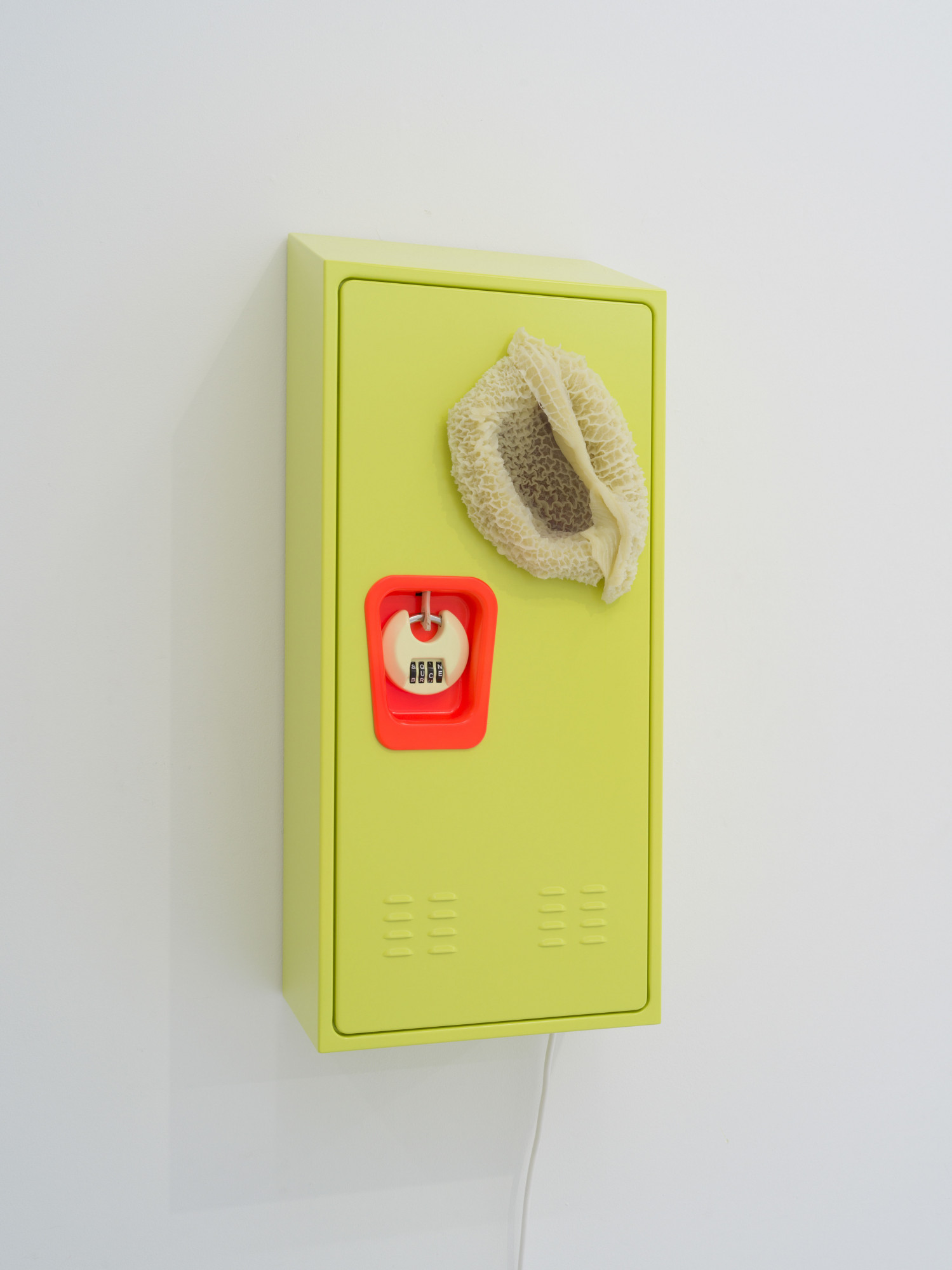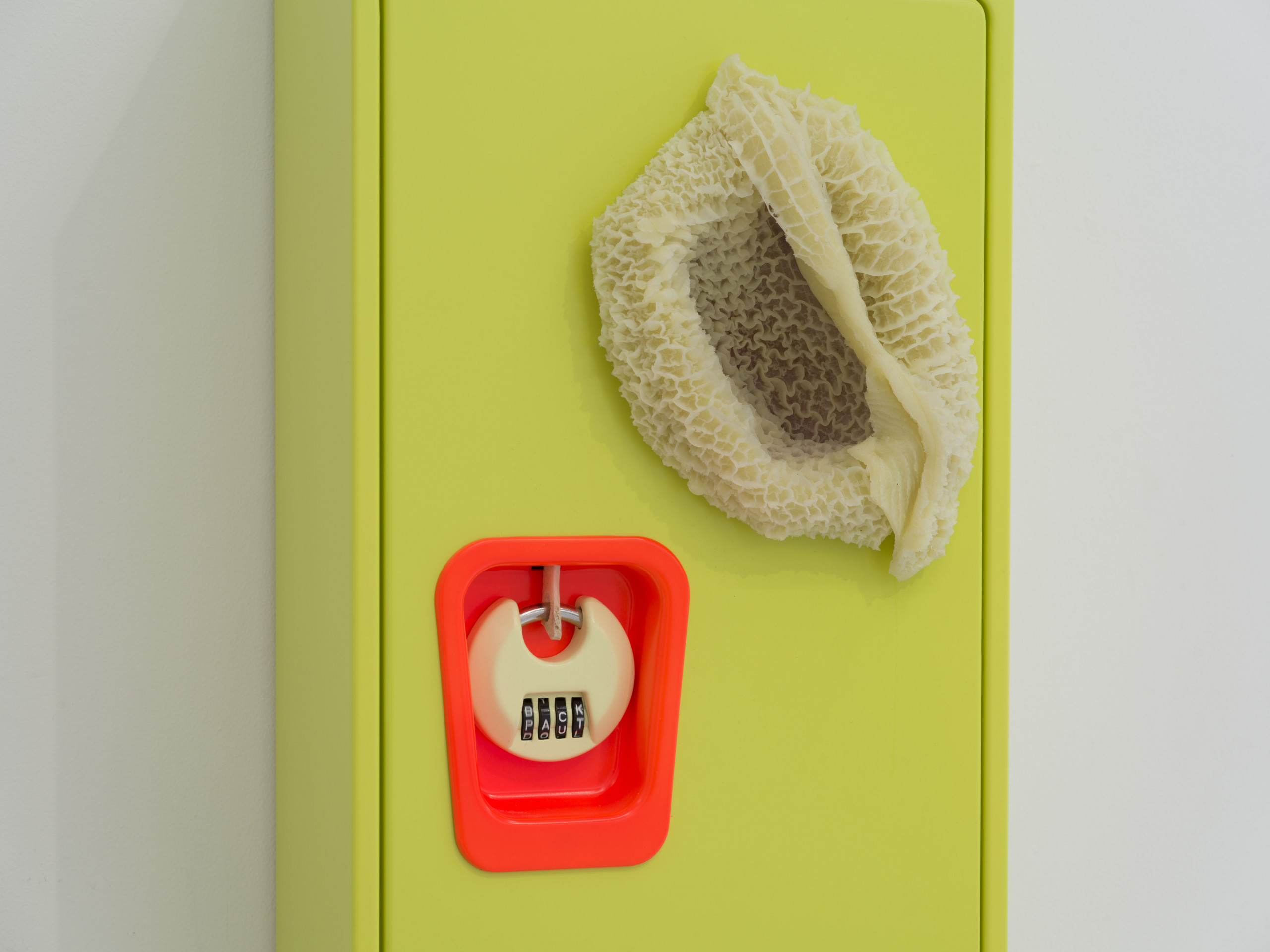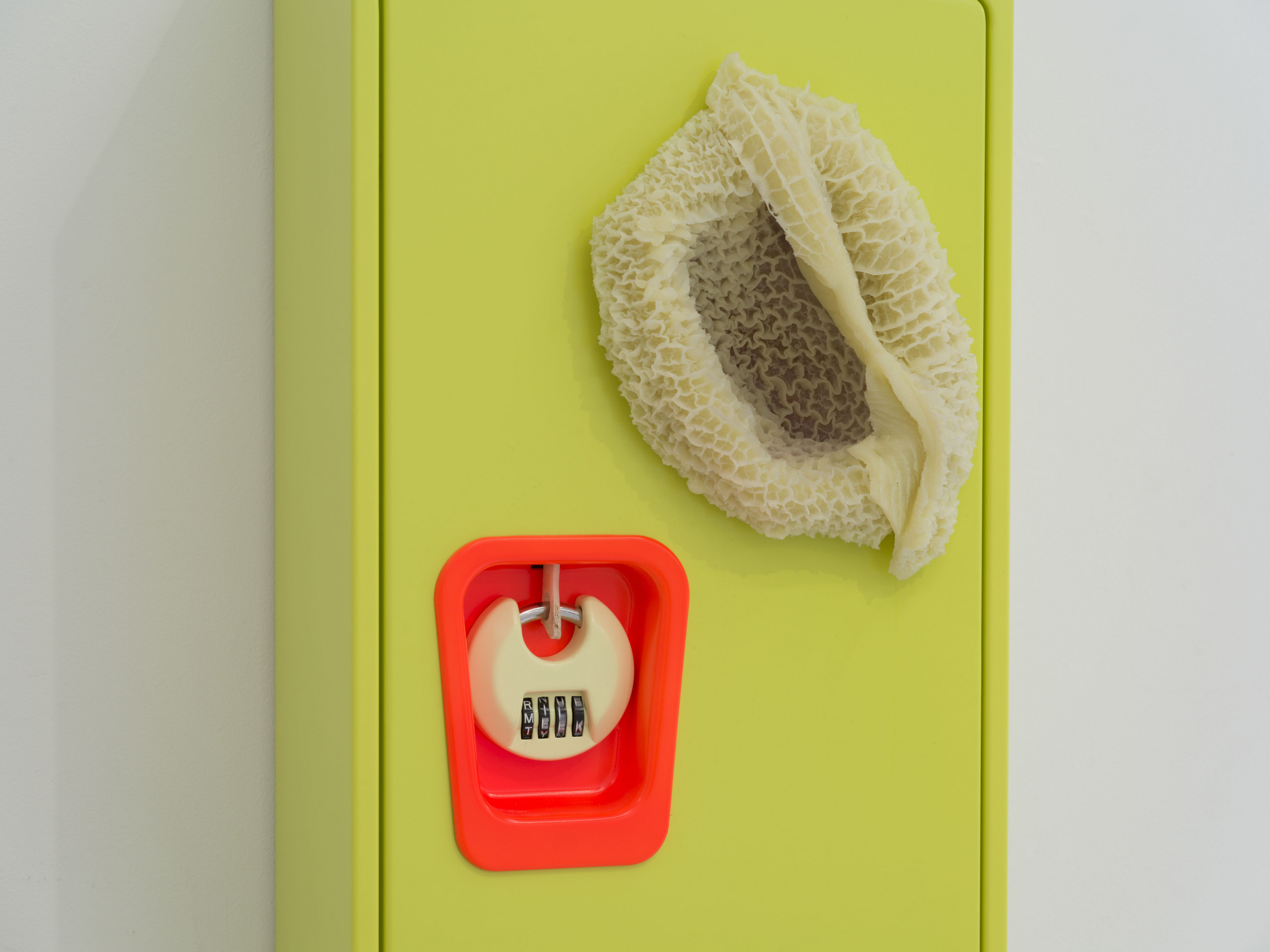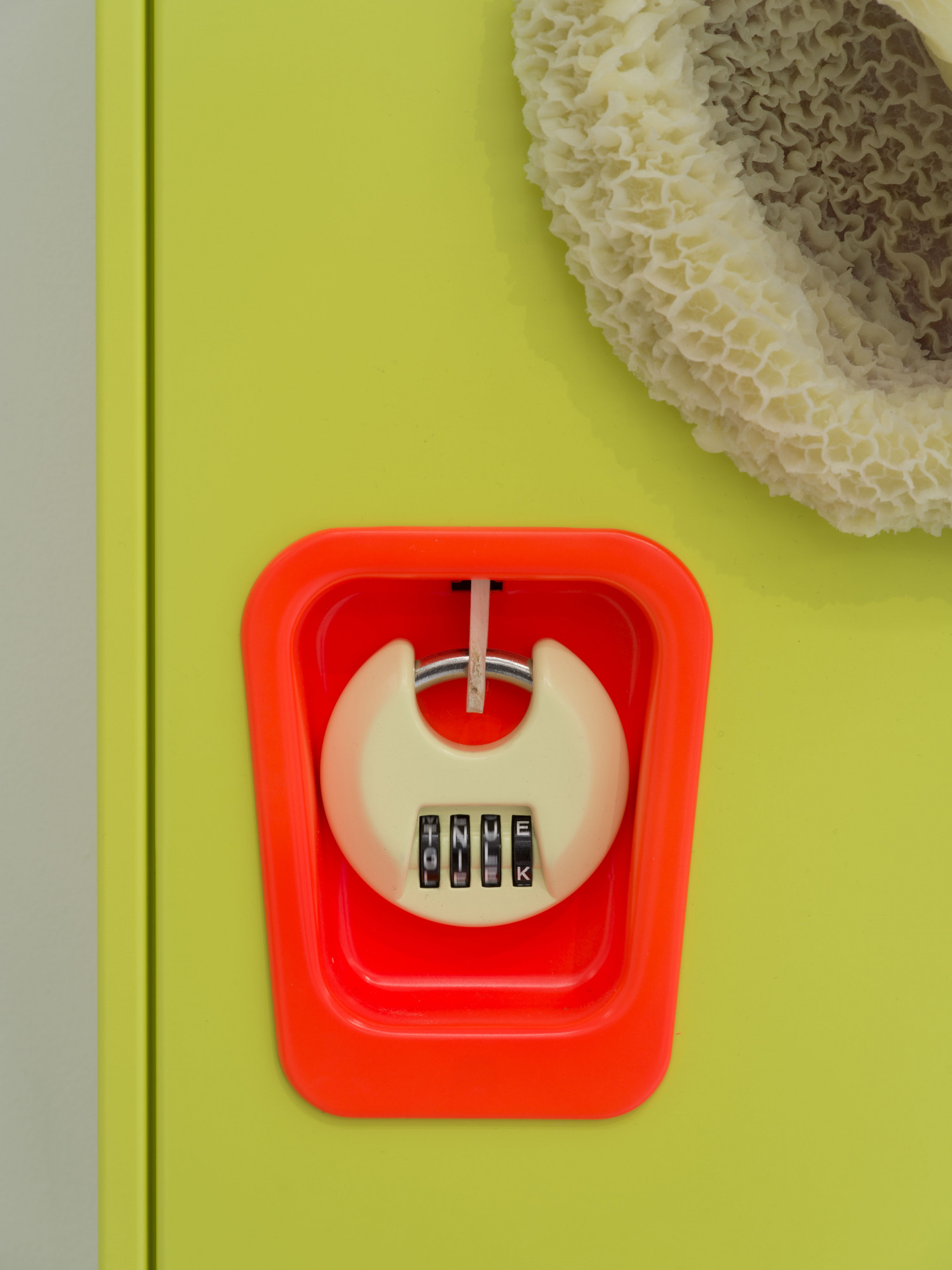KAYOKOYUKI
Tokyo
Arthur Marie, Cooper Jacoby
Onsen Confidential
Apr 07, 2024
Apr 21, 2024
Among the five pieces by Arthur Marie at the Kayokoyuki Gallery in Tokyo, only one bears a name: “Declassé,” the title to a portrait depicting a faceless body bleeding into its background. The clinical title may provide a framework for the surrounding artworks left “Untitled.” These paintings evoke a sense of a dust-covered European familiarity: Two “untitled” portraits reminiscent of the 19th-century bourgeoisie-encouraged painterly pursuit of likeness. A gradually abstract “untitled” interpretation of a somehow eerily common image depicting a leisurely stroll on a beach with an aura entrenched in the rigidity of Napoleonic social etiquette. An “untitled” scene of dancing, perhaps.
Positioned between traditional portraiture and the character design for the zombies in The Walking Dead, «Declassé» sits in a space that challenges the ambition of portraiture: the acknowledgement of a body.
Cooper Jacoby’s «Ruminator (It is goodbye soon)» steel locker piece shares this intriguing connection with portraiture. The enigmatic structure engages the viewer in a dialogue. It suggests the presence of a body hidden behind the steel that is communicating with what it has been given: a 4-letter lock dial.
Arthur Marie’s catalog can be looked at as a construction of a vast contemporary typology. Within it, he meticulously examines the social role of nuance within self-representation and the portrayal of others in the historical narrative of image production.
Through his “post-cliché” approach to painting, he seems not only to delve into optical nuances that define class thresholds, but the legibility of them — the ability to decode the nuance.
Cooper’s steel locker, adorned with a silicone cast of a cow stomach, hints at a rather omnivorous appetite, unable to classify altogether. By quite literally flipping its stomach inside out, perhaps to streamline consumption, the piece transforms into a reflective surface, talking back at the viewer in real-time, like a distorted mirror.
Cooper’s artistic oeuvre encapsulates the intricate interplay between everyday infrastructures and the human bodies they are designed to serve, delving into the fundamental inquiry: do we mold our surroundings, or do they, in turn, shape us? Through his work, he navigates the dialectical dance between these elements, probing the complex dynamics that define our interactions with our own architectures.
